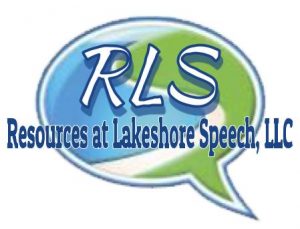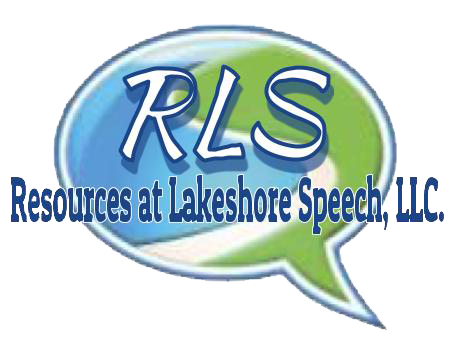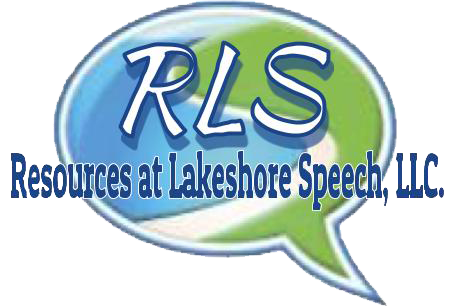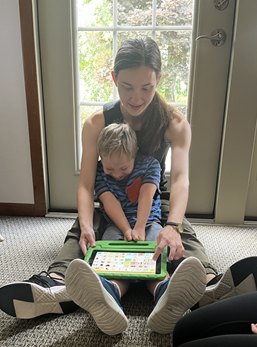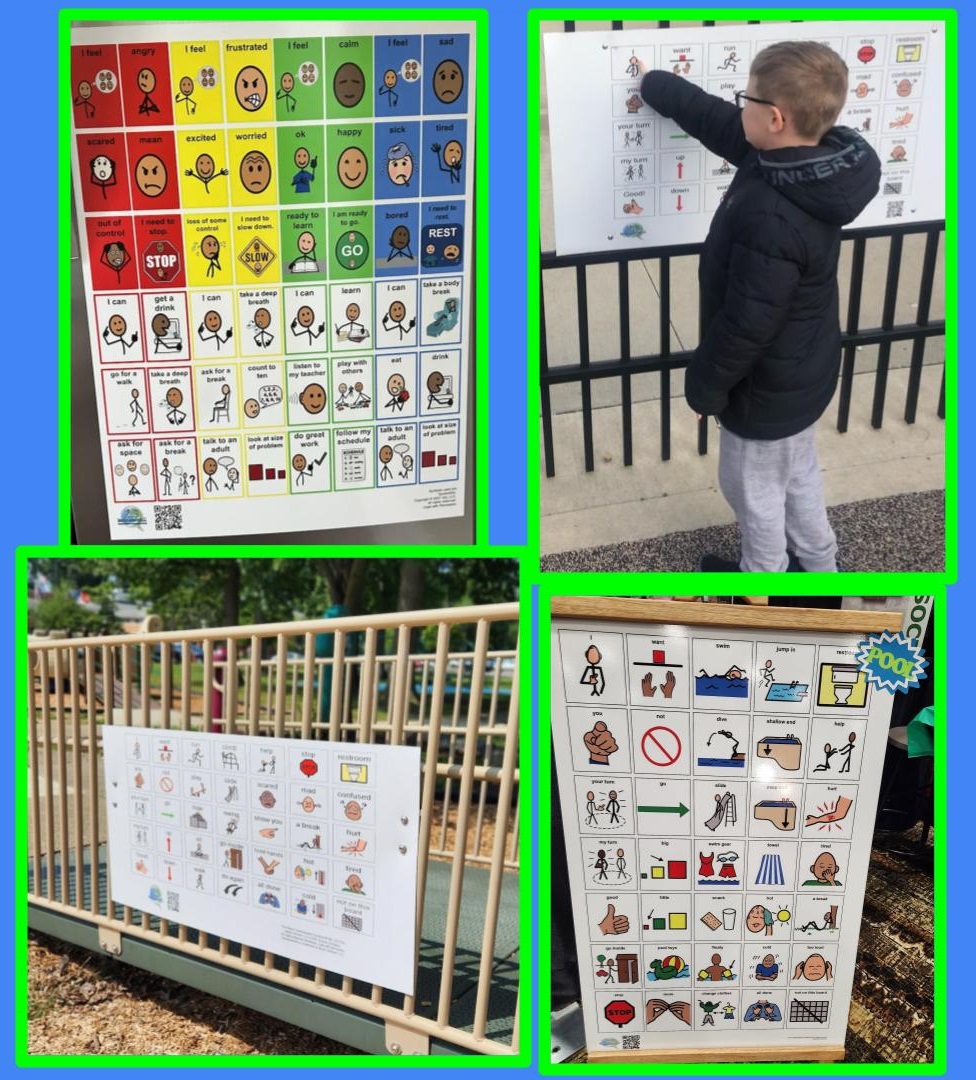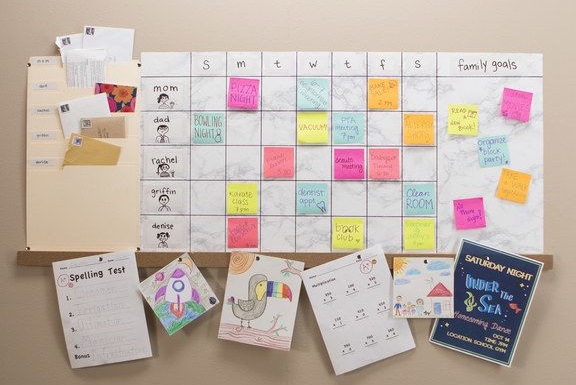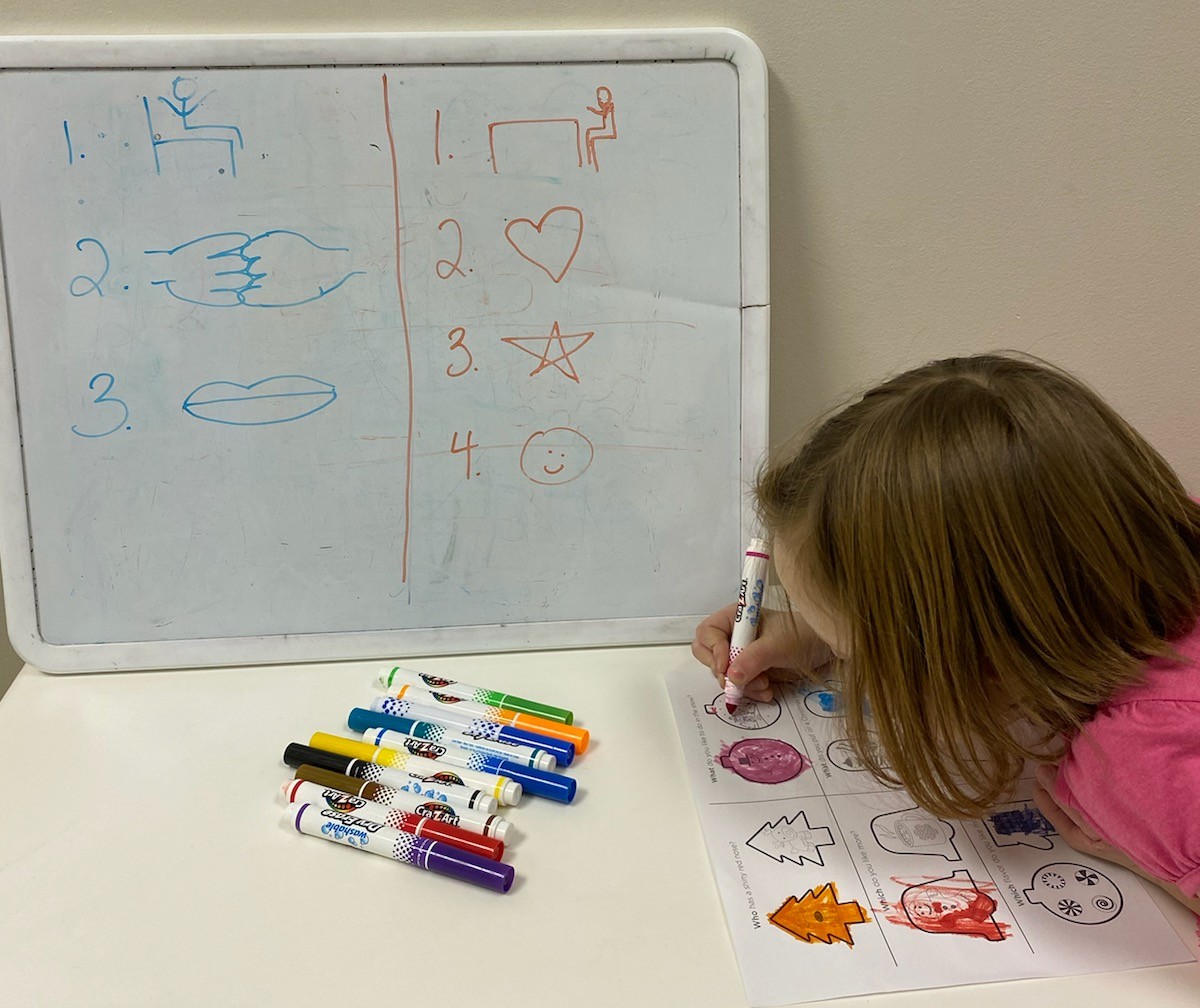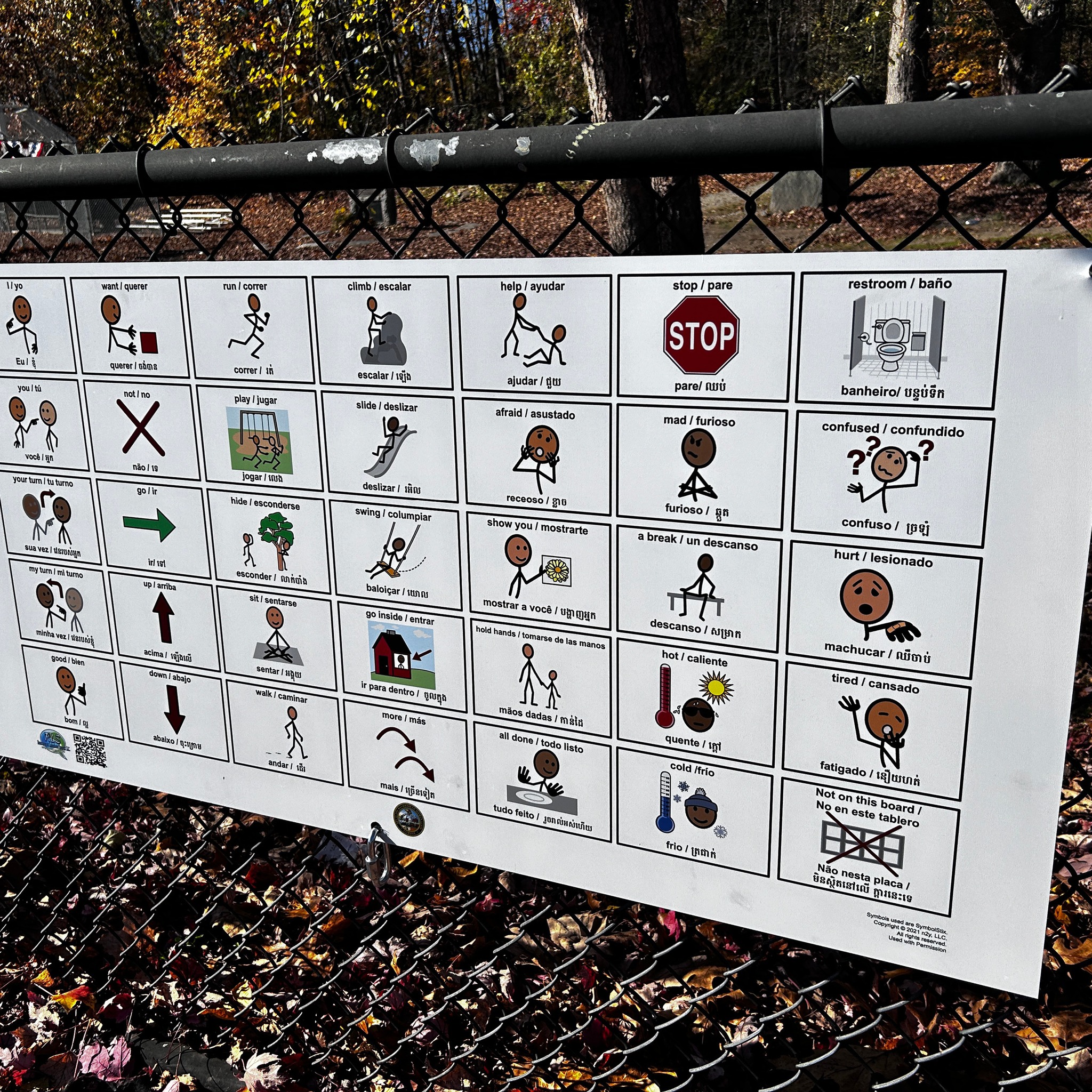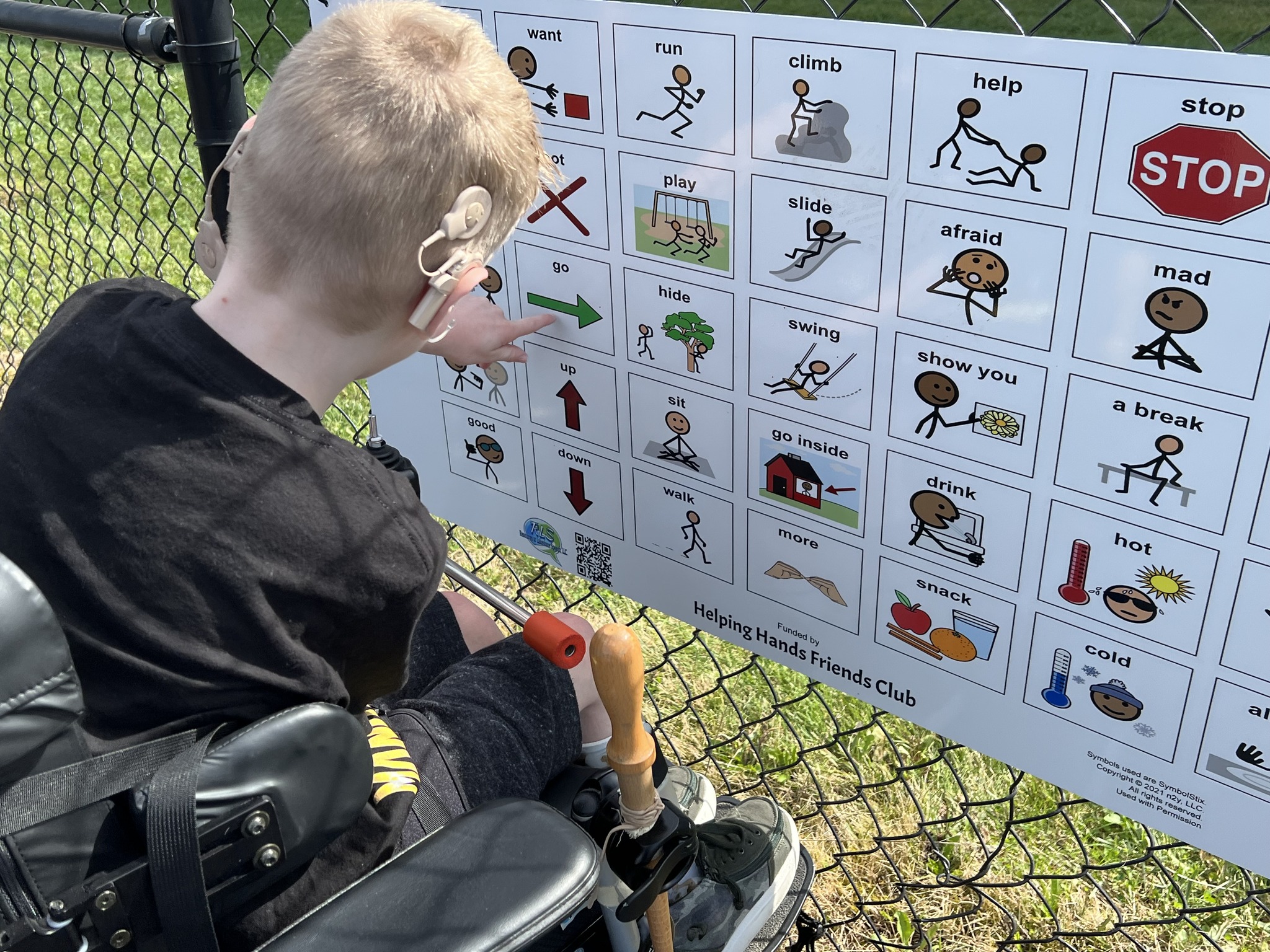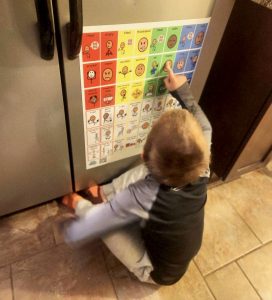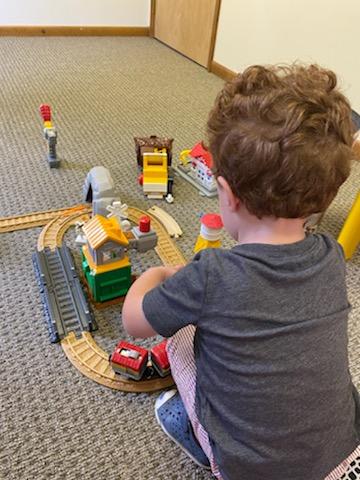Poolside communication boards make water safety more inclusive, ensuring nonverbal swimmers can express needs, follow rules, and enjoy aquatic fun safely.
Continue readingPrivate Speech Therapy: What You Need to Know
This guide is here to help you understand what happens in speech therapy, how therapists work toward your child’s goals, and ways to feel more engaged and connected along the way.
Continue readingWhy Communication Boards Are Ideal For Playgrounds : What You Need To Know
One tool that stands out in its versatility and practicality is the static communication board. When it comes to inclusive play areas like playgrounds and pools, static communication boards are not only effective, but they also offer unmatched ease of use, durability and accessibility.
Continue readingHow to Survive After School Routines: A Guide for Parents
The after-school hours are a crucial time for reinforcing what your child has learned in school, but they’re also an opportunity for growth in other areas. We’ll share some practical tips to help you and your child navigate these busy hours.
Continue readingNew School Year: A Guide for a Smooth Start
Preparing for a new school year can be both exciting and overwhelming. With a bit of planning and some practical tips, we can make this transition smoother and more enjoyable for both you and your child.
Continue readingRevealing The Impact Of Communication Boards In Lowell, MA
July marks Parks and Recreation Month, a time to celebrate the vibrant public spaces. We turn our focus on Lowell, Massachusetts, where an innovative approach to inclusivity has made a significant positive impact on the community.
Continue readingHow To Create Genuine Connections:Powerful Impact of Communication Boards
Playground communication boards have emerged as a powerful solution to bridge the gap and facilitate meaningful relationships, especially for individuals with communication challenges.
Continue readingHow To Help Navigate Emotions: Emotional Balance Communication Boards
How to Make Play an Important Part of the Day
Play is important at all stages of child development. Play is the ‘work’ of childhood.
Continue readingFollowing Your Schedule: How to get Back on Track
Holidays can be a time when the normal routine is disrupted. It’s time to get back on track and follow your daily routine.
Continue reading